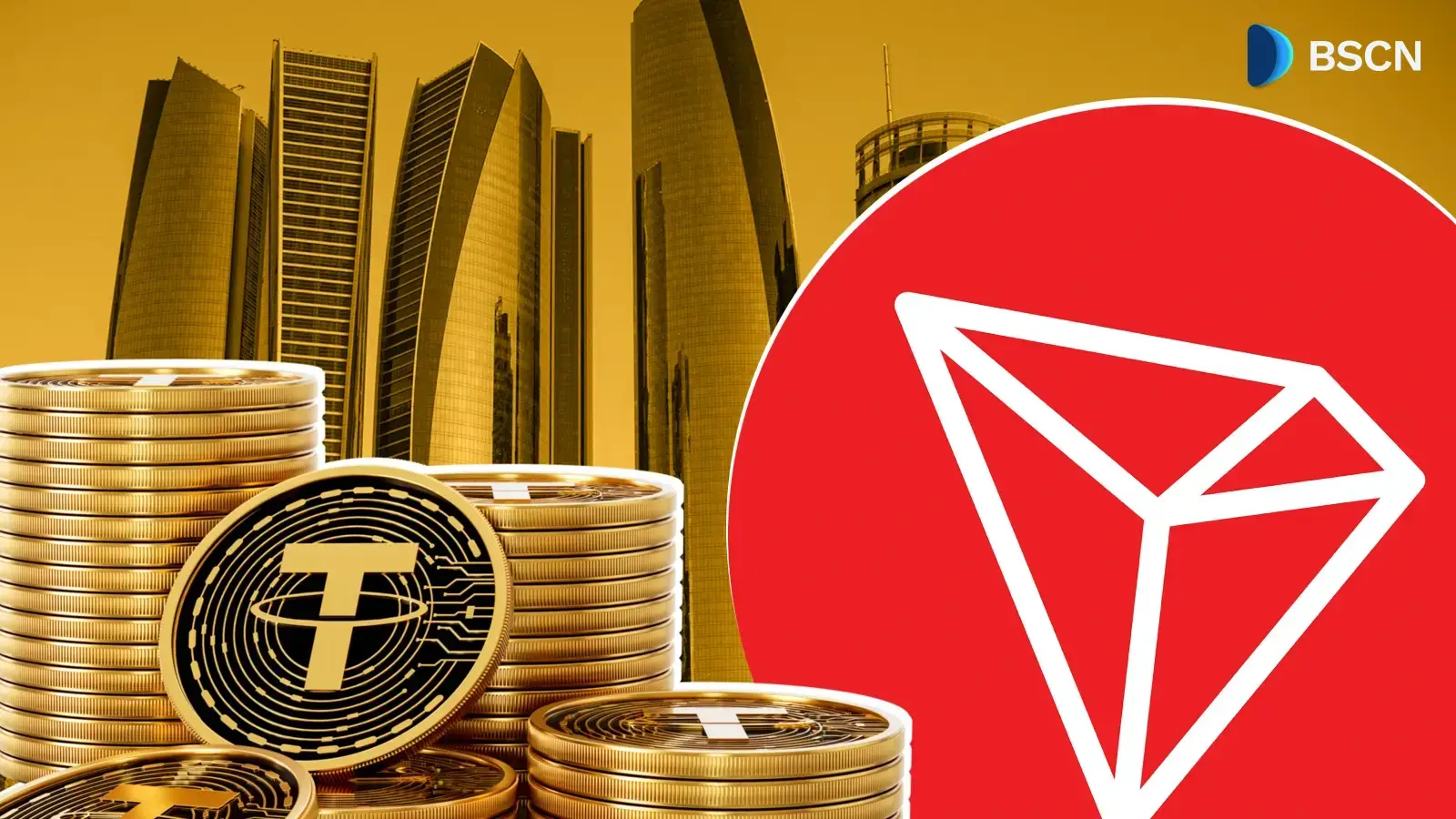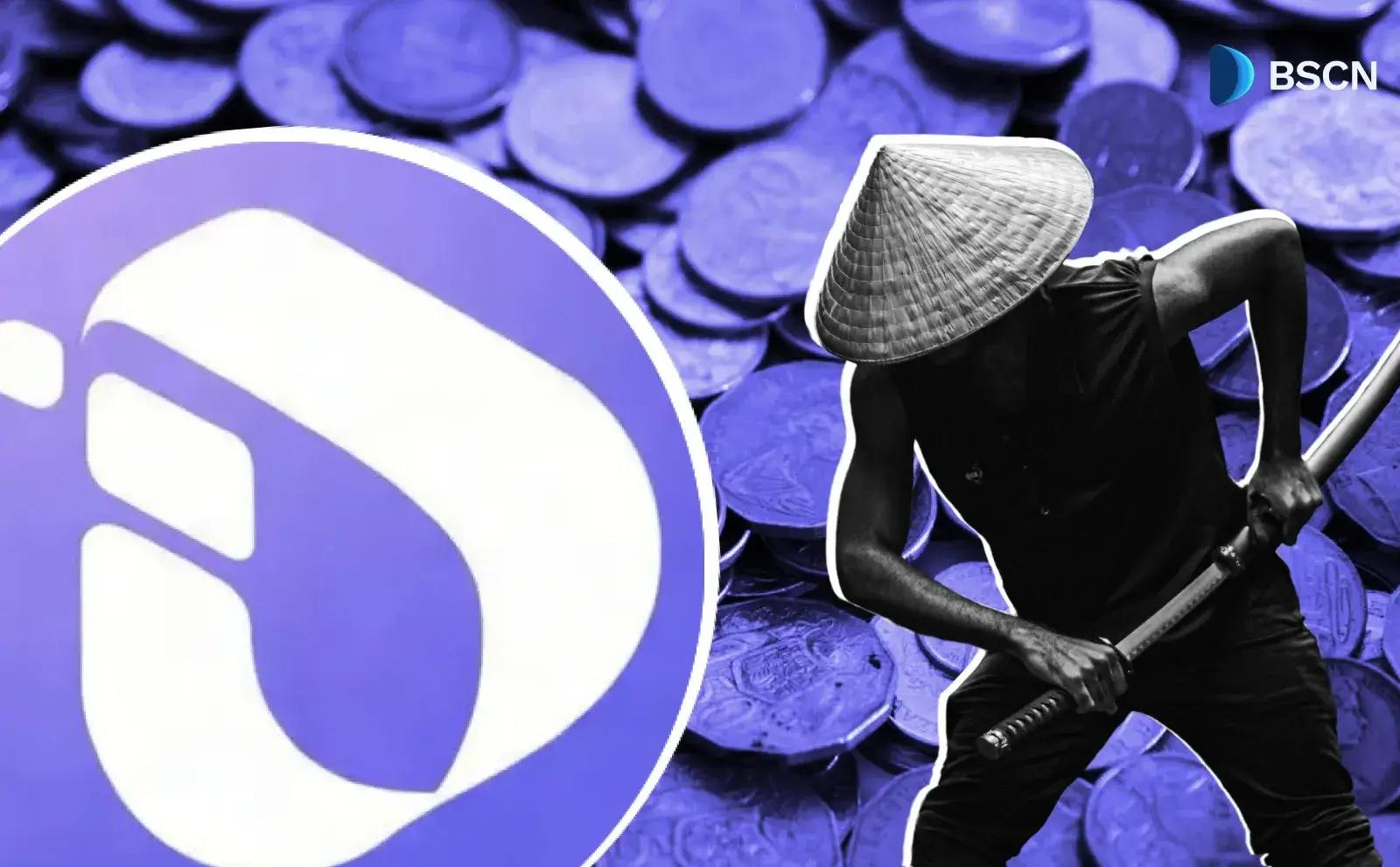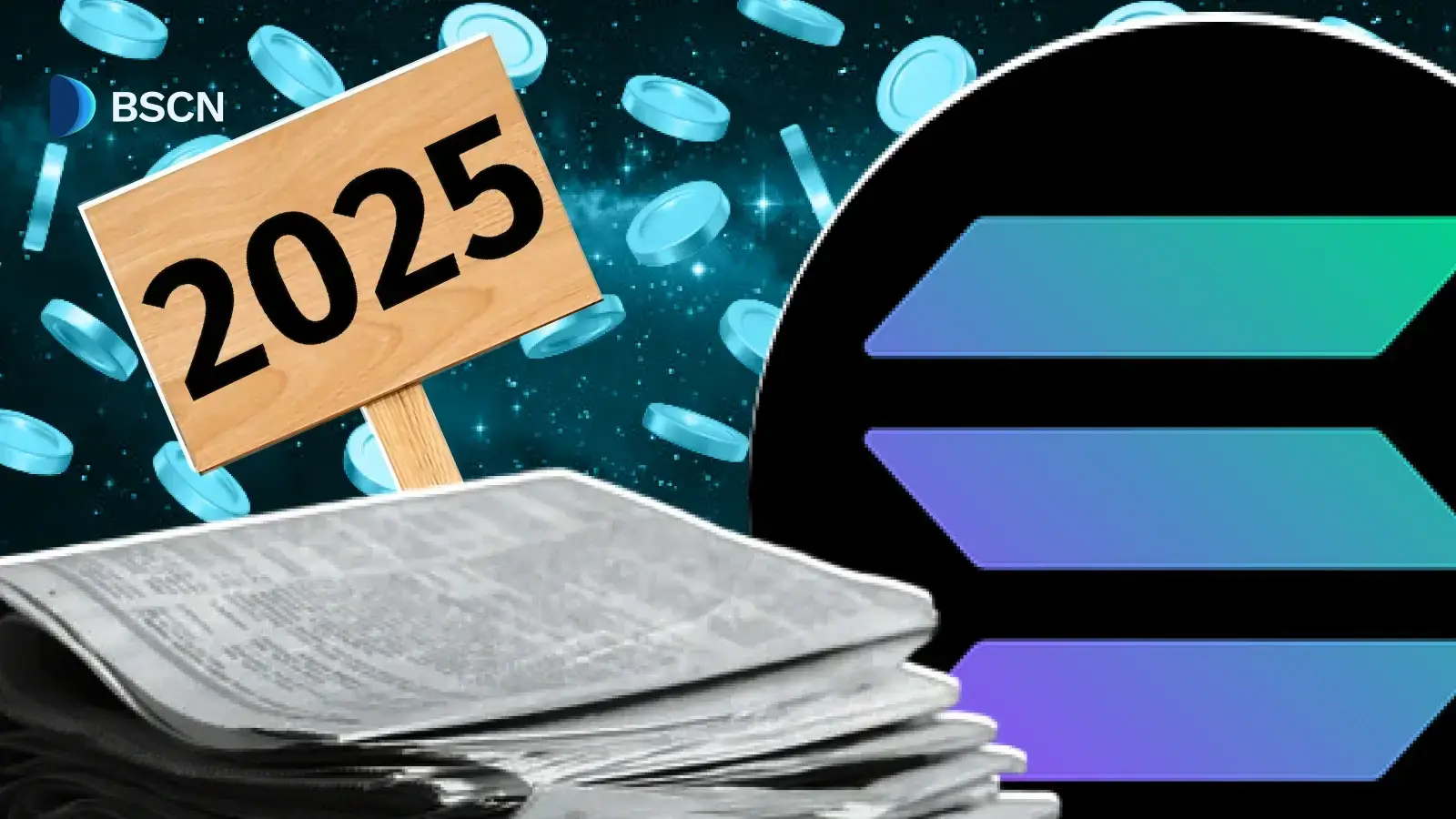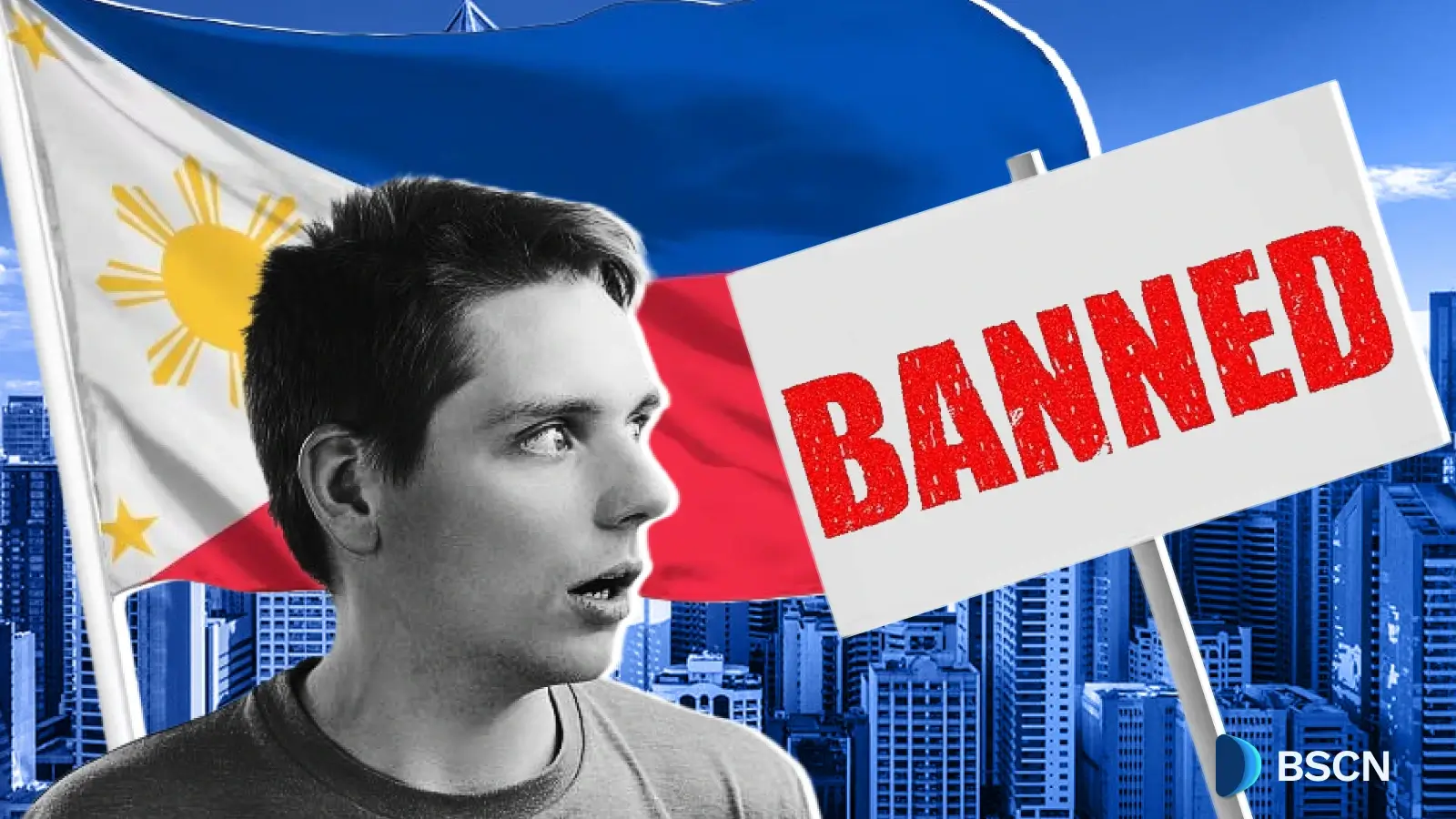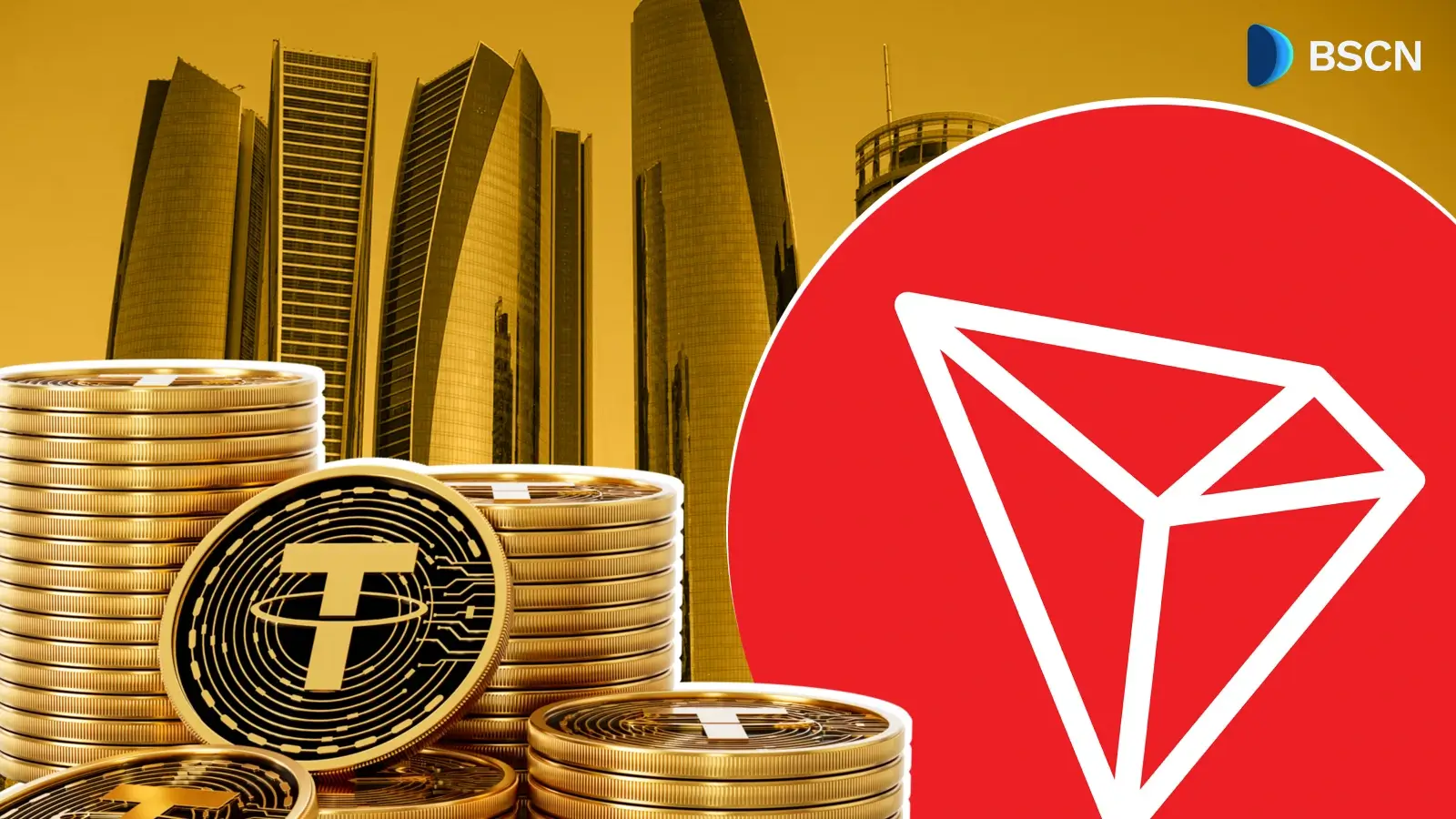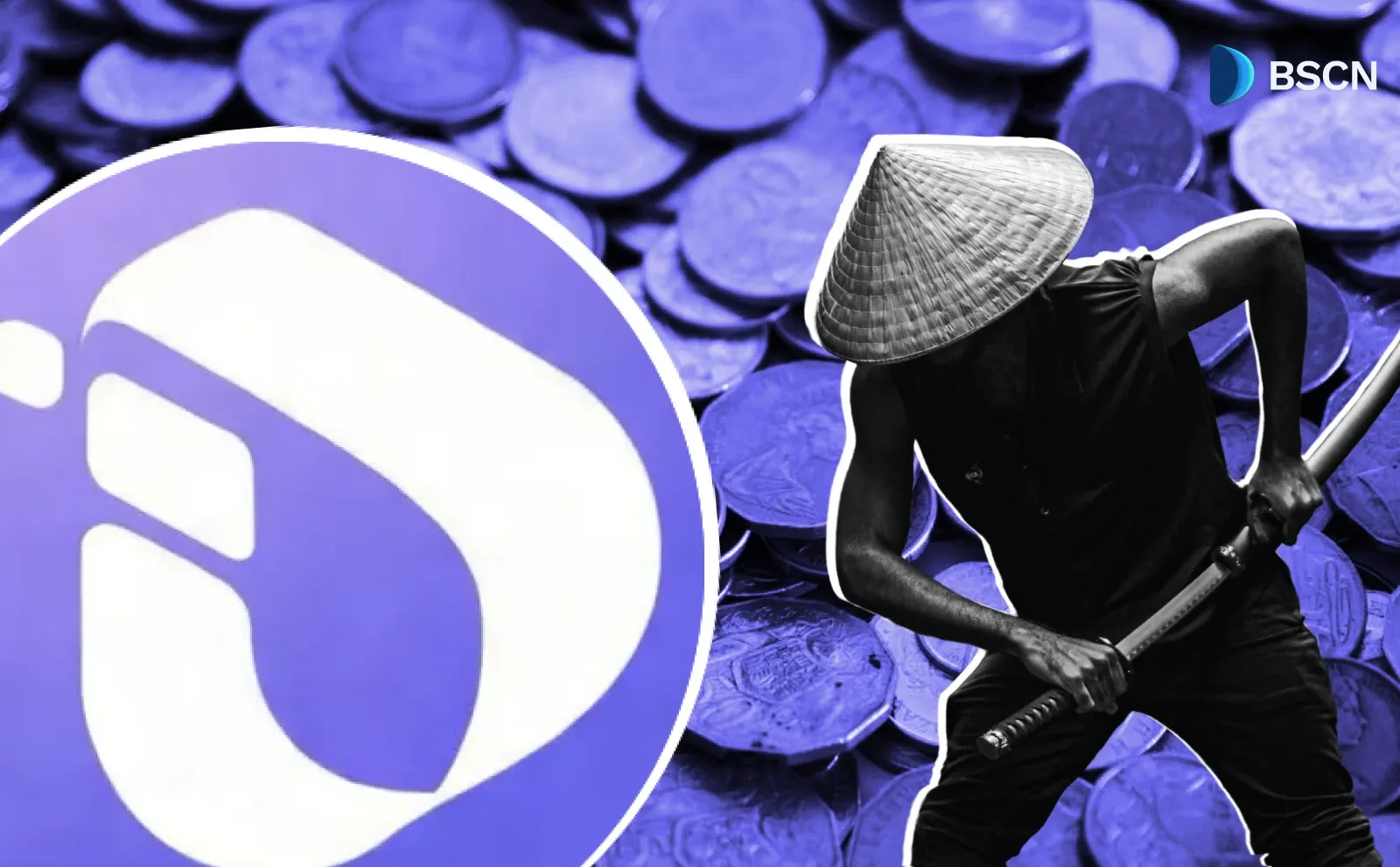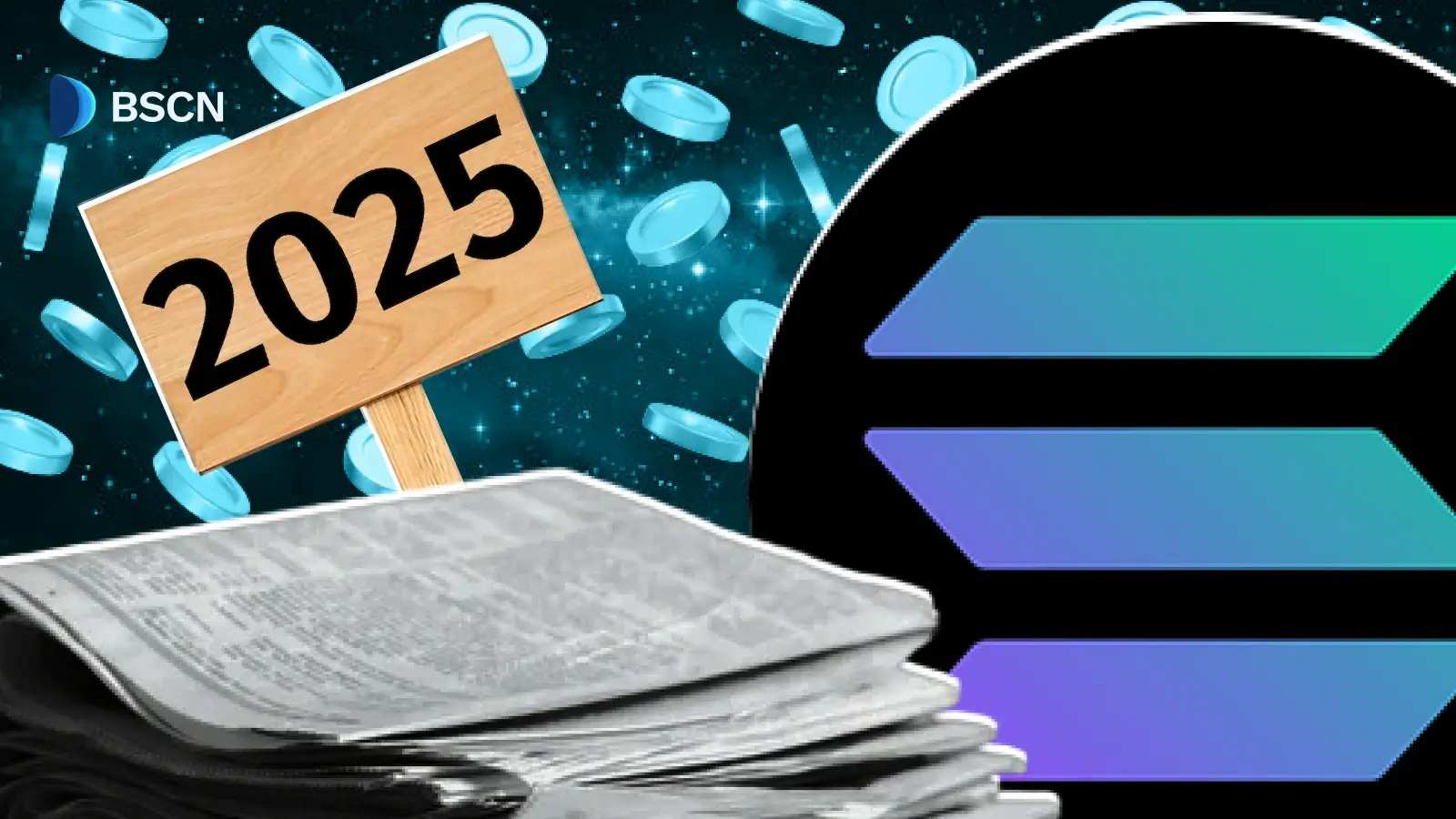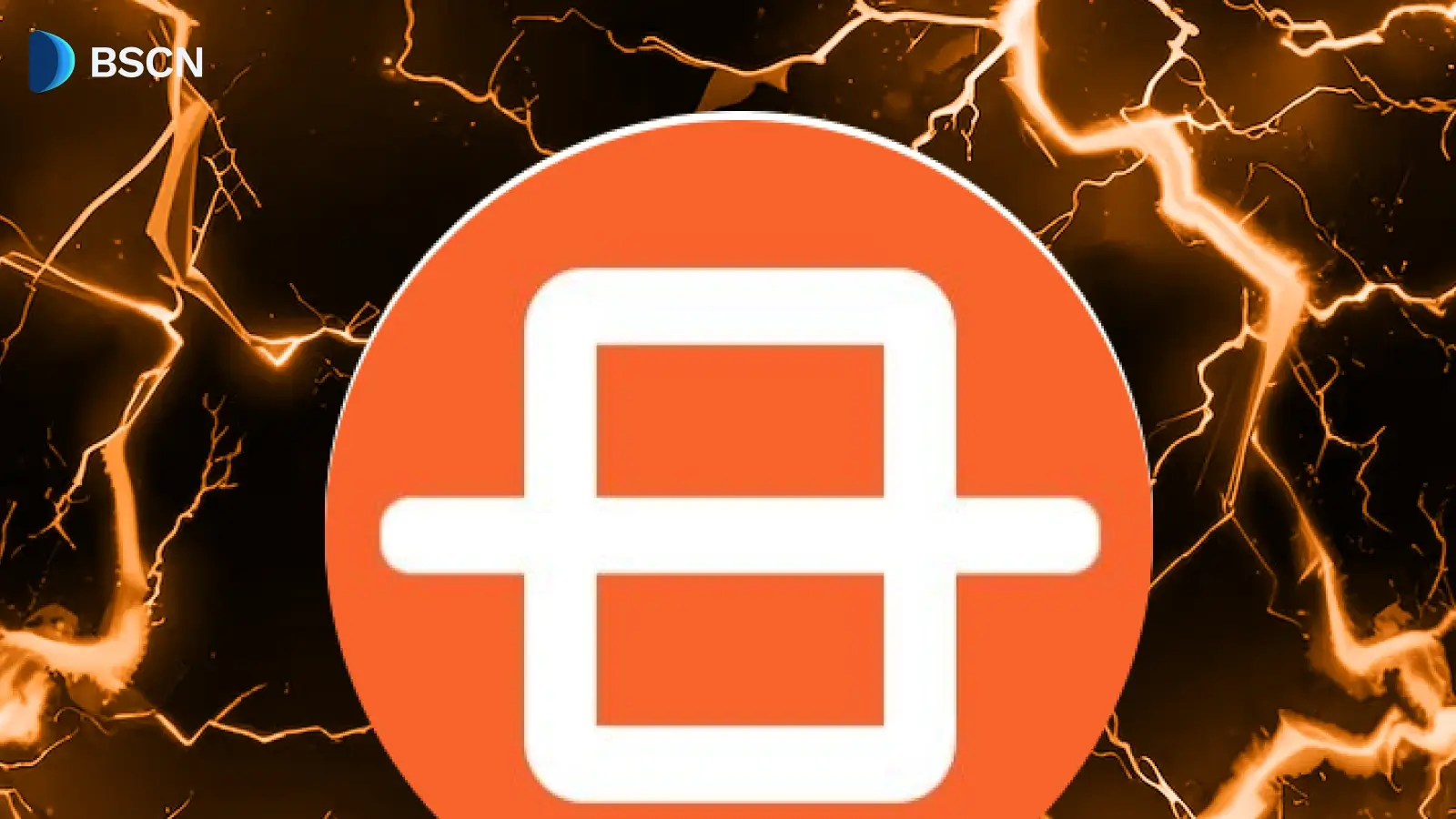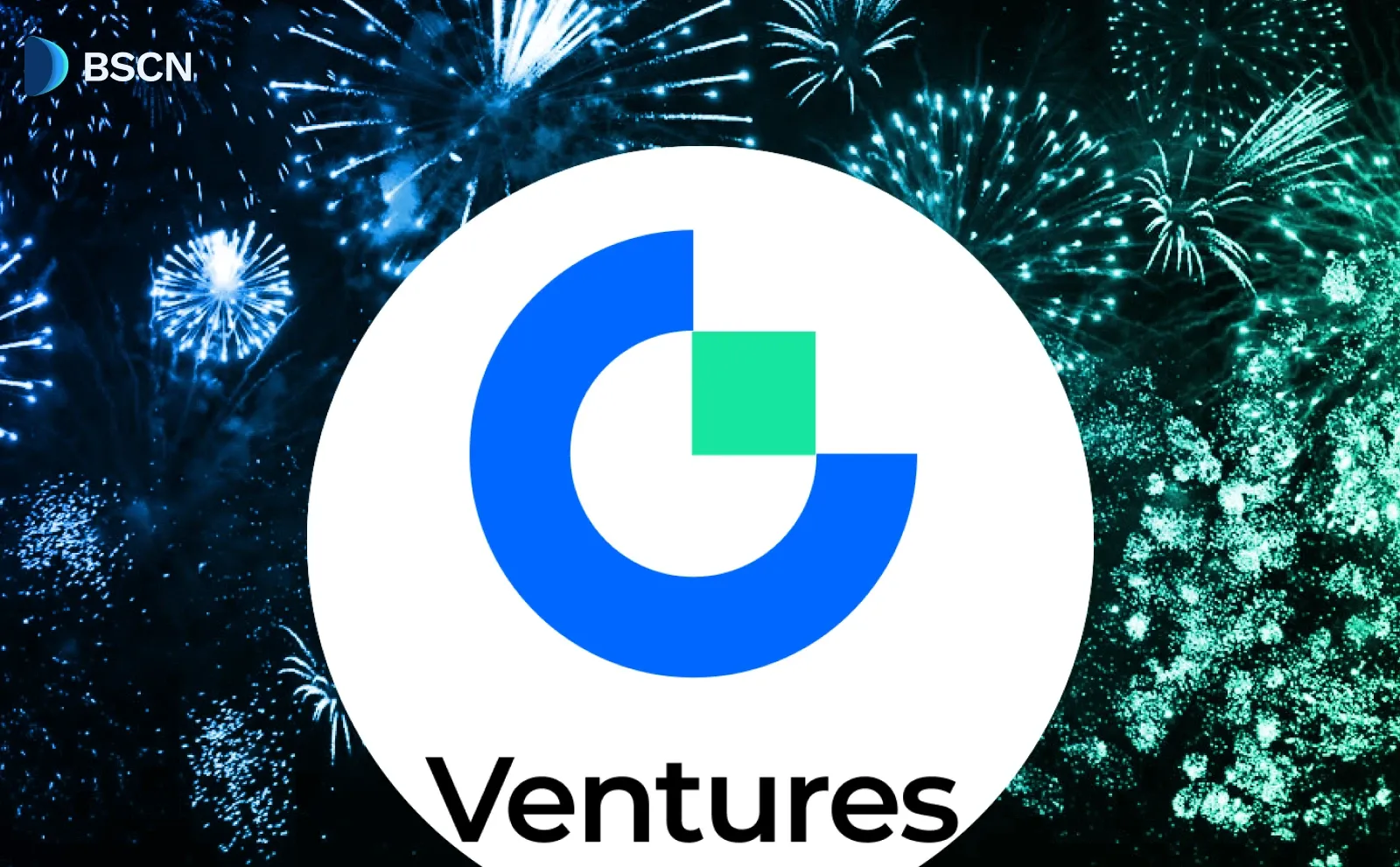News
(Advertisement)
World LibertyFi Community Approves 100% Treasury Liquidity Fee Buyback and Burn

World LibertyFi approves using 100% of Treasury Liquidity Fees for buyback and burn across ETH, BNB, and Solana pools, with near-unanimous community support.
Soumen Datta
September 26, 2025
(Advertisement)
Table of Contents
World LibertyFi (WLFI) confirmed that its community voted to direct 100% of Treasury Liquidity Fees into a buyback-and-burn program. The proposal, introduced on September 12, received near-unanimous support and applies to WLFI’s protocol-owned liquidity (POL) across Ethereum (ETH), BNB Chain (BNB), and Solana (SOL).
🦅 Governance Update:
— WLFI (@worldlibertyfi) September 25, 2025
The community has voted to use 100% of WLFI Treasury Liquidity Fees for Buyback & Burn, passing with almost unanimous support.
The team will begin implementing this initiative this week, and all buybacks & burns will be transparently posted once conducted.
The proposal voting results are as follows:
- Votes in Favor: 4.4 billion (99.84%)
- Votes Against: 0.06%
- Quorum Reached: 443% of the required threshold
The plan means that all fees generated from these WLFI-controlled pools will be used to purchase WLFI tokens from the open market and permanently remove them from circulation. The initiative excludes fees from community or third-party liquidity providers.
The measure is now set to be implemented this week, with all buyback-and-burn transactions to be published on-chain for transparency.
How the Buyback-and-Burn Works
The buyback-and-burn mechanism channels Treasury Liquidity Fees directly into reducing circulating supply. Its main features are:
- Fee Collection: Fees are gathered from WLFI-controlled liquidity pools on Ethereum, BNB Chain, and Solana.
- Open-Market Buybacks: Collected fees are used to purchase WLFI tokens from the open market.
- Permanent Burns: Purchased tokens are sent to a burn address, permanently removing them from supply.
- On-Chain Transparency: All actions are recorded on-chain for community verification.
By focusing only on POL, the program ensures community or third-party pools remain unaffected.
Rationale Behind the Proposal
WLFI’s team highlighted that the initiative directly connects protocol activity with token value. The main objectives include:
- Supply Reduction: Continuous burns ensure the supply shrinks in direct proportion to trading activity.
- Holder Alignment: Long-term holders benefit as passive tokens are permanently removed.
- Activity Incentives: More trades generate more fees, resulting in more frequent burns.
- Accountability: Every step of the process remains visible on-chain.
Community discussions had weighed alternatives, including splitting fees between operations and the Treasury. In the end, the community favored a full burn model, prioritizing measurable supply reduction.
Technical Implications
Rolling out the proposal involves several technical and operational considerations:
- Multi-Chain Execution: The buyback-and-burn will function across Ethereum, BNB Chain, and Solana.
- Manual Implementation: Transactions will be executed manually by the WLFI team to retain control while maintaining on-chain proof.
- Liquidity Protections: Only POL-generated fees will be used, leaving community and third-party pools untouched.
- Future Expansion: This initiative may expand to other WLFI revenue streams, depending on community input.
The approach aligns with wider trends in tokenomics, where deflationary mechanics and protocol-owned liquidity are increasingly seen as tools for sustainable design.
Debit Card and Retail App Plans
The announcement follows news that WLFI is preparing to launch a debit card linked to Apple Pay and a retail app for peer-to-peer payments and trading.
Co-founder Zak Folkman confirmed the plans at Korea Blockchain Week 2025, describing the retail app as “like Venmo meets Robinhood.”
Key features include:
- Debit Card: Apple Pay integration with WLFI’s USD1 stablecoin for everyday purchases.
- Retail App: Combines peer-to-peer payments, trading tools, and USD1 integration.
- Chain-Agnostic Strategy: No plans to launch a proprietary blockchain, maintaining interoperability with Ethereum, BNB Chain, Solana, and others.
WLFI launched in September 2024 with two core tokens:
- WLFI: The project’s native cryptocurrency.
- USD1: A stablecoin designed to bridge traditional finance and crypto.
WLFI’s token has seen volatility since its debut. The token is down 15% in 30 days, according to CoinMarketCap.
The buyback-and-burn initiative introduces a deflationary mechanism at a time when market conditions remain challenging.
Conclusion
The World LibertyFi community’s approval to use 100% of Treasury Liquidity Fees for buyback and burn marks a clear alignment between protocol activity and tokenomics. By focusing on supply reduction, transparency, and multi-chain integration, the initiative sets a technical foundation for WLFI’s next phase.
While its impact on long-term value remains uncertain, the decision ensures that community-controlled governance continues to shape WLFI’s development in measurable and verifiable ways.
Resources:
World LibertyFi X platform: https://x.com/worldlibertyfi
World Liberty Financial recent proposal: https://vote.worldlibertyfinancial.com/#/proposal/0x21cb61f1d9256335e656d2a63d8ac0ceddb1313ad490c95b713bbef9e313fda2
$WLFI Token Details: https://coinmarketcap.com/currencies/world-liberty-financial-wlfi/
World Liberty Financial to launch debit card 'very soon,' co-founder Zak Folkman says - report by The Block: https://www.theblock.co/post/371766/world-liberty-financial-debit-card-very-soon
Read Next...
Frequently Asked Questions
What is the WLFI buyback-and-burn program?
It is a mechanism where all Treasury Liquidity Fees from WLFI’s protocol-owned liquidity are used to purchase WLFI tokens from the open market and permanently burn them.
Which chains are included in the WLFI buyback-and-burn?
The program applies to WLFI-controlled liquidity pools on Ethereum, BNB Chain, and Solana. Third-party and community pools are excluded.
How does the program benefit WLFI holders?
Each buyback-and-burn reduces the circulating supply of WLFI, increasing the relative stake of long-term holders and tying tokenomics to actual protocol usage.
Disclaimer
Disclaimer: The views expressed in this article do not necessarily represent the views of BSCN. The information provided in this article is for educational and entertainment purposes only and should not be construed as investment advice, or advice of any kind. BSCN assumes no responsibility for any investment decisions made based on the information provided in this article. If you believe that the article should be amended, please reach out to the BSCN team by emailing [email protected].
Author
 Soumen Datta
Soumen DattaSoumen has been a crypto researcher since 2020 and holds a master’s in Physics. His writing and research has been published by publications such as CryptoSlate and DailyCoin, as well as BSCN. His areas of focus include Bitcoin, DeFi, and high-potential altcoins like Ethereum, Solana, XRP, and Chainlink. He combines analytical depth with journalistic clarity to deliver insights for both newcomers and seasoned crypto readers.
(Advertisement)
Latest News
(Advertisement)
Crypto Project & Token Reviews
Project & Token Reviews
Comprehensive reviews of crypto's most interesting projects and assets
Learn about the hottest projects & tokens

